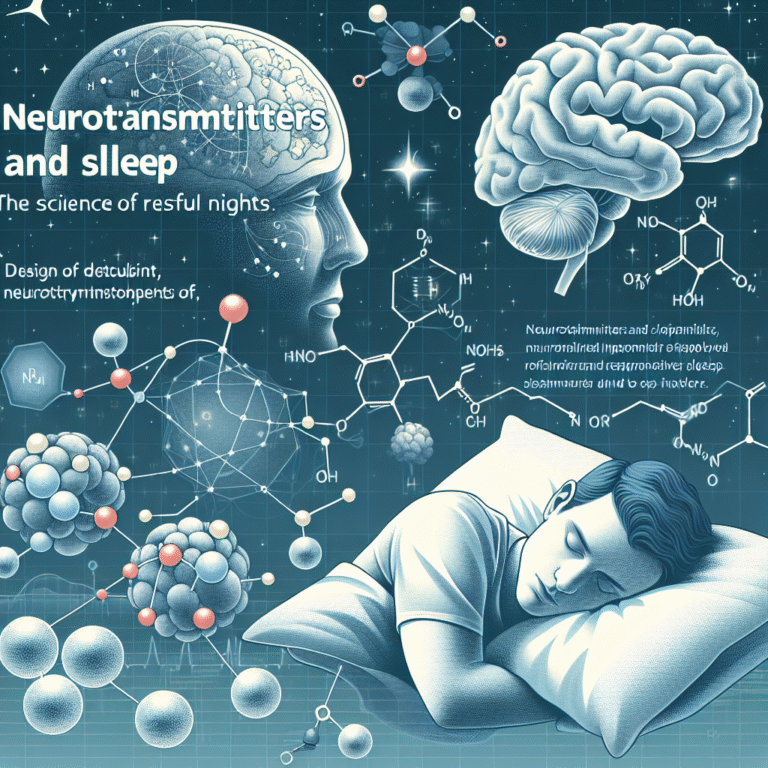
Introduction
Fear is a primal emotion that has been critical to human survival for millennia. The science of fear plays a vital role in helping us navigate the dangers of life, whether we are running from a predator or facing social anxieties in modern society. Understanding our body’s reaction to threats—the physiological, psychological, and emotional responses—can provide profound insights into our behavior, health, and well-being. In this article, "The Science of Fear: Understanding Our Body’s Reaction to Threats," we will explore the innate mechanisms of fear, the neurological underpinnings that drive our reactions, and how this knowledge can empower us to navigate our lives more effectively.
The Nature of Fear
Fear is an emotional reaction to perceived threats and dangers, instigating a wide range of physical and psychological responses. These responses are typically categorized into two types: acute fear, which is immediate and intense, and chronic fear, which is more prolonged and can lead to anxiety disorders. The science of fear suggests that our experiences with fear are inherently tied to our senses and our brain’s ability to process risk and danger.
The Role of the Amygdala
At the heart of the science of fear lies the amygdala, an almond-shaped cluster of nuclei located deep within the temporal lobes of the brain. This small yet powerful structure plays a crucial role in processing emotions, especially fear. When we encounter a threat, the amygdala reacts nearly instantaneously, triggering a cascade of physiological responses throughout the body.
Case Study: The Role of the Amygdala in PTSD
Consider the experiences of veterans returning from combat zones. Research has shown that many veterans develop Post-Traumatic Stress Disorder (PTSD), a condition characterized by heightened fear responses, flashbacks, and anxiety. Studies utilizing brain imaging have revealed abnormal functioning in the amygdala of individuals with PTSD, illustrating how the brain’s fear centers can become hyperactive, leading to heightened states of anxiety. This case highlights the profound implications of the science of fear on mental health and the importance of understanding our body’s reactions to threats.
The Fight or Flight Response
When faced with danger, our body undergoes a complex series of changes commonly referred to as the "fight or flight" response, a term coined by psychologist Walter Cannon in the early 20th century. This mechanism involves several key physiological changes:
- Increased Heart Rate and Blood Pressure: Blood is directed towards essential organs and muscles, preparing the body for action.
- Elevation of Hormones: The adrenal medulla releases adrenaline and noradrenaline, enhancing alertness and energy.
- Respiratory Changes: Breathing rate increases, allowing for greater oxygen intake, essential for physical exertion.
Table: Fight or Flight Response – Key Physiological Changes
| Reaction | Description |
|---|---|
| Increased Heart Rate | Prepares the heart for rapid physical activity |
| Muscle Tension | Readies limbs for movement, whether to fight or flee |
| Heightened Sensory Perception | Enhances awareness of surroundings for potential threats |
| Digestive Slowing | Reduces energy expenditure on non-essential processes |
Fear and the Immune System
Interestingly, the science of fear does not only involve our immediate reactions to threats but also has long-term implications for our health. Chronic fear and sustained stress can have significant impact on the immune system. The prolonged secretion of stress hormones, such as cortisol, can lead to immune suppression, making individuals more susceptible to illnesses.
Case Study: Stress and Immune Function
A notable study conducted by Kiecolt-Glaser et al. (1995) examined the relationship between stress and immune function among caregivers of relatives with dementia. This study found that these caregivers exhibited lower levels of immune response, as evidenced by reduced T-cell counts, when compared to matched controls. This illustrates not only how the science of fear relates to our body’s immediate reactions but also highlights the cascading effects of prolonged fear and stress on health.
Psychological Aspects of Fear
Fear Conditioning and Its Implications
Understanding fear also involves examining the psychological processes that underpin it. One of the critical mechanisms in the psychology of fear is fear conditioning, a form of associative learning in which a neutral stimulus becomes associated with a frightening event. The classic example of this is the "Little Albert" experiment conducted by John B. Watson and Rosalie Rayner, where a baby learned to fear a white rat after it was paired with loud, frightening noises.
Analysis: The Relevance of Fear Conditioning
Fear conditioning explains a variety of phobias and anxiety disorders. By comprehending the science of fear and fear conditioning, therapists can develop exposure-based treatments to help individuals unlearn these associations, thus providing a pathway to managing irrational fears.
Cognitive Distortions in Fear Perception
Our thoughts and beliefs about threats can significantly influence our fear responses. Cognitive distortions, such as catastrophizing or overgeneralizing, can lead to heightened fear and anxiety, even in relatively safe situations. The science of fear allows us to analyze these cognitive processes and challenge faulty thinking patterns.
Table: Common Cognitive Distortions in Fear
| Distortion | Description |
|---|---|
| Catastrophizing | Expecting the worst possible outcome |
| Overgeneralization | Assuming one negative event represents all cases |
| All-or-Nothing Thinking | Viewing situations in black-and-white terms |
Strategies for Managing Fear
Understanding the science of fear can lead to practical applications in managing fear and anxiety. The following strategies are rooted in psychological principles and can help individuals confront their fears effectively:
Mindfulness and Breathing Techniques
Mindfulness practices, combined with controlled breathing techniques, can help individuals regulate their physiological responses to fear. By focusing on the present moment and calming the body, individuals can reduce the intensity of fear reactions.
Cognitive Behavioral Therapy (CBT)
Cognitive Behavioral Therapy is a well-established treatment for anxiety and fear-based disorders. By identifying and challenging distorted thought patterns, individuals can reframe their perceptions of threats and reduce their fear response.
Exposure Therapy
For specific phobias and anxieties, exposure therapy—a form of CBT—can be particularly effective. Through gradual exposure to feared situations, individuals can desensitize themselves and learn that the anticipated dangers may not be as threatening as they believe.
Case Study: Exposure Therapy in Action
In a landmark study by Hofmann et al. (2012), participants with various anxiety disorders underwent exposure therapy and demonstrated significant reductions in their fear levels compared to control groups. This emphasizes how the science of fear can translate into effective treatment strategies, leading to improved mental health and quality of life.
Conclusion
The science of fear is a multifaceted field that encompasses our physiological responses, psychological processes, and the lessons we can learn to manage fear effectively. By understanding our body’s reaction to threats, we can confront our fears head-on, pave the way for personal growth, and enhance our overall well-being. Fear is not merely a negative emotion to be avoided; when we comprehend its origins and effects, we can transform it into a catalyst for change and resilience.
As you navigate your own experiences with fear, remember that knowledge is power. Whether through clinical strategies like CBT or personal practices like mindfulness, you possess the tools to harness fear rather than be governed by it.
FAQs
1. What is the biological basis of fear?
The biological basis of fear primarily involves the amygdala and its connection with the hypothalamus and brainstem, which regulate the fight or flight response. Hormonal changes, like adrenaline release, prepare the body to confront or escape threats.
2. Can fear be beneficial?
Yes, fear can serve a protective function, alerting us to potential dangers and keeping us safe in threatening situations. This response is necessary for survival.
3. How can I reduce chronic fear or anxiety?
Chronic fear can be managed through therapies such as CBT, mindfulness, regular physical activity, and healthy lifestyle changes that promote overall well-being.
4. What role does fear conditioning play in mental health?
Fear conditioning is a process that can lead to the development of phobias and anxiety disorders. It’s essential for mental health professionals to address these conditioned responses in therapy.
5. Is it possible to "unlearn" fear?
Yes, therapeutic approaches, particularly exposure therapy, allow individuals to gradually face and desensitize themselves to their fears, effectively "unlearning" irrational fear responses.
By diving into the science of fear: understanding our body’s reaction to threats, we equip ourselves with valuable insights and strategies to face fears more effectively in our daily lives.
















